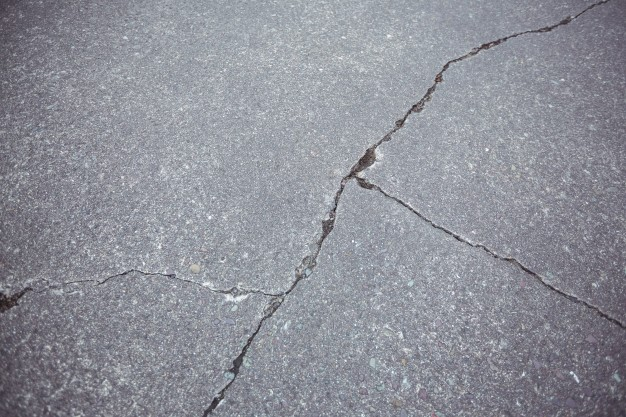Blog
Measures You Can Take To Prevent Tile Cracking

Whenever you think of building a new home, one of the first elements that might cross your mind is tiles. Tiles can be used on both floors and walls, and they can be used in any place of the home. You can go for many different types, colors, designs, and textures of tiles. But one of the most important things that you should look for in tiles is durability. Tiles that are not durable enough might crack after some time, and you will have to face a lot of problems to fix or change those tiles. So, it is important that you take measures to prevent your tiles from cracking.
Reasons Behind Tiles Getting Cracked
There are several reasons for which your tiles might crack. Mostly, tiles used on floors get cracked. So, look out for your floor tiles to prevent cracks. But first, you should know why they get cracked in the first place. Some reasons behind tiles getting cracked are-
Lower Standard Tile
If you use lower standard tiles on your floor, they won’t be much durable, and they will be way more prone to cracking. So, before buying tiles for your floors, make sure that they meet ANSI and ASTM test standards. This means that you can be sure that your tiles are made of quality materials. If you find that a tile does not comply with ANSI and ASTM standards, you are recommended to avoid that tile, as the tile will not hold as well as the approved tiles. The durability of its material might seem acceptable at first glance, but it might burst and crack earlier under constant use. You must check with your tile supplier to find out which is the best option for your home before deciding.
Heavy Blow or Drops on Tiles
If the crack is in just an area and spans a single tile, it is most likely that the crack is caused by a heavy hit on the floor tile. You might sometimes see a tile removed from the mosaic where it touched the object. And that happened because you might have dropped something heavy, such as the iron, or a heavy showpiece made of metal, or might just be a ceramic plate. Any of these, or other things like these can cause a heavy impact on tiles if get dropped on them, and break the tiles as a consequence, or create a crack.
Especially in kitchens, ceramic tiles frequently break as there heavy objects like pots, cans, pans. etc. fall from time to time. Construction standards do not govern sharp knocks on tiles, only heavy and heavy loads. Doors are another common place for racking of tiles as items can fall out when you open the door. These types of cracks are generally found near the periphery of the soil instead of the center. All of these things might show only a slight hit at first, but the damage can spread over time if the area is under continuous pressure such as constant high traffic.
Installed on a Control Joint
Most people assume that a tile getting cracked has something to do with the tile itself. However, any floor repair contractor can tell you that the tile you’re walking on is just one layer in a floor sandwich. As concrete underneath is more prone to getting cracks, its cracks are controlled with control joints. Your constructor must know that it is not wise to install tile over areas that might put imbalanced pressure on the tile and crack it.
The Concrete Substrate Not Being Hardened Enough
You should let the concrete harden when you pour concrete for the first time so that all the water can evaporate. After all the water has dissolved, the concrete shrinks. The Tile Council of America suggests that new concrete harden for at least 28 days or as long as possible. Freshly poured concrete that didn’t get enough time to harden is more likely to crack and create cracks in the tile.
How You Can Prevent Tiles From Cracking
You can take these preventive measures to keep your floor tiles or other tiles from cracking-
- In the case of concrete subfloors when the concrete slab is poured, then adding steel reinforcing bars will prevent the formation of cracks in the concrete. This will cause “reflective” cracks in the tile. Another technique is to install a crack isolation membrane over the existing concrete subfloor.
- Make sure the wood resists buckling and bending in the case of a wood subfloor. Otherwise, the extremely brittle tile might break when you step on it. Reinforce the subfloor with a ¾” sheet of plywood if necessary. Make sure not to adhere the tiles directly to the plywood, as it will expand and contract in response to changes in the humidity in your house, and cause cracks in the tiles.
- No matter the type is, make sure the subfloor to be clean, dry, and level before installing the tiles. Consider adding 1 or 2 layers of the bottom layer.
- Avoid gaps between tiles and grout to minimize moisture penetration. Finish the grout work with a waterproof sealer.
Final Words
If you make sure to go through the above-mentioned preventive measures, you will be able to prevent your tiles from getting cracked and save yourself from going through a lot of hassles and troubles.












